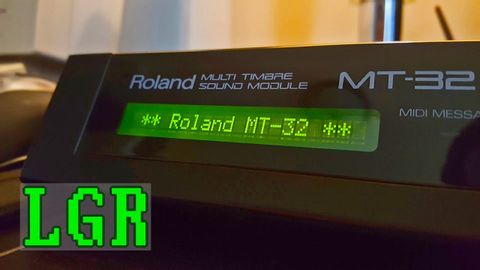LGR - Roland MT-32。レトロPC MIDI音楽再訪 (LGR - Roland MT-32: Retro PC MIDI Music Revisited)
林宜悉 が 2021 年 01 月 14 日 に投稿  この条件に一致する単語はありません
この条件に一致する単語はありませんUS /ˌɪndəˈvɪdʒuəl/
・
UK /ˌɪndɪˈvɪdʒuəl/
- n. (c.)個人;個々の項目;個体;個人競技
- adj.個人用の;個人の;個々の;独特の
US /spəˈsɪfɪkli/
・
UK /spəˈsɪfɪkli/
US /ˈdʒɛnərəl/
・
UK /'dʒenrəl/
- adj.一般的な;大まかな;広範囲に適用できる;総司令官の
- n. (c.)大将
- n. (c./u.)一般大衆;一般的な研究分野
エネルギーを使用
すべての単語を解除
発音・解説・フィルター機能を解除

